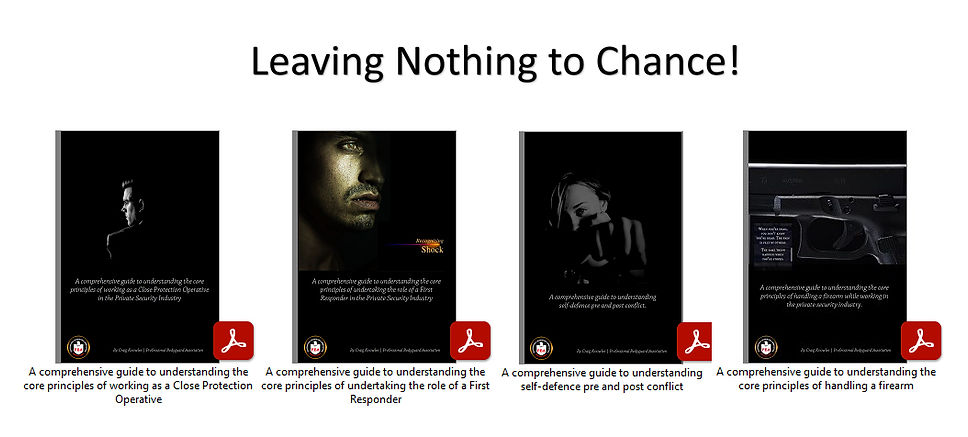Our Approach to Training

Showing vs. Teaching: A Deep Dive into Effective Guidance
At first glance, 'showing' and 'teaching' might seem like interchangeable terms in the realm of instruction, but a closer look reveals nuanced differences that greatly affect the learning process.
When we show someone how something is done, we are providing a demonstration, a visual guide for the task at hand. It's like a chef exhibiting how to finely dice an onion without verbal cues. The onus is on the observer to interpret, understand, and replicate the action.
While showing is straightforward and can be efficient for those who are visual learners, it often leaves little room for deeper comprehension. The 'why' behind each action remains in the shadows. Showing is valuable for quick, observational learning, but may lack depth.
On the other hand, teaching delves deeper. Teaching doesn't just showcase the 'what'; it intricately binds the 'how' with the 'why'. Returning to our chef, teaching would mean explaining the rationale behind each slice, detailing the safety precautions, and possibly even sharing the history or science behind the technique.
When we teach, we engage learners in a multifaceted way, prompting questions, fostering understanding, and encouraging critical thinking. It's a comprehensive approach that builds not just a skill, but a foundation of knowledge that allows the learner to adapt and apply the skill in varied situations.
In essence, while showing provides a map, teaching equips individuals with a compass. The former directs you on a set path, while the latter offers the tools and understanding to navigate any terrain. Both have their merits, but the depth of understanding and adaptability that comes from teaching often leads to more sustainable and adaptable learning outcomes..
.



